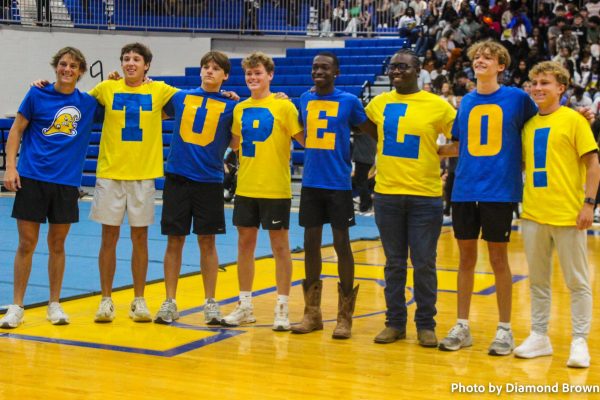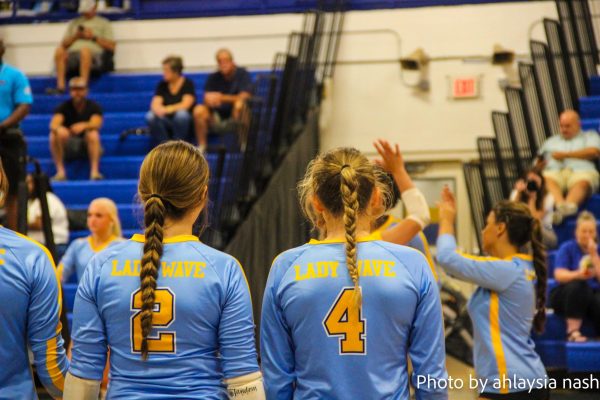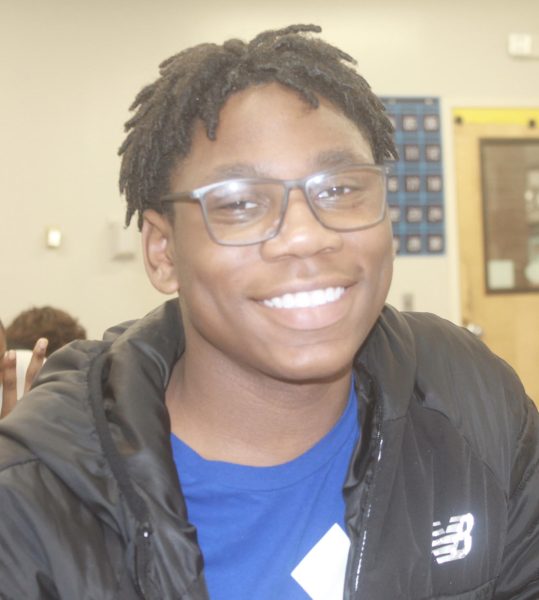Total Solar Experience
Tupelo High School had the chance to spectate a natural phenomenon, the Great American Eclipse–a total solar eclipse on Aug. 21, 2017. One might wonder what exactly a total solar eclipse is, and why was this particular event highly anticipated?
A solar eclipse is when the moon eventually passes between the sun and Earth. A total solar eclipse is when the moon’s apparent size is greater than the sun, causing daytime to become total darkness. This darkness is called totality, and this solar eclipse was visible for all 48 states of the US, excluding Hawaii and Alaska.
The reason the eclipse had received popularity was primarily from the fact that this natural phenomenon has finally occurred after nearly a century from its predecessor, the June 8, 1918 eclipse.
Of course, students of THS were excited to take some time off from class in order to view the solar eclipse but not without eye protection.
Tupelo’s local McDonald’s provided solar-filtered sunglasses for THS; therefore, students and teachers experienced a total eclipse that left a permanent mark on their memory instead of permanent damage to their eyes.
“I think it’s very nice and cool that they’re paying for students to witness the solar eclipse,” Senior Jaylann Pullial said. “It is amazing.”
However, McDonald’s is not the only one that is providing protection for students. In fact, the science department of THS actually set up pin-hole viewers for students to observe the eclipse’s progress.
Pin-hole viewers are another alternative to view the eclipse without glasses. It is made by a cereal box or shoebox, white paper, tape, and some aluminium foil. This aluminium foil is then taped to one side of the openings of the box with a hole in the middle; this is for light to come in and resemble the sun on the bottom of the box. The other side of the opening is cut open and left alone because this is the where students can view the eclipse and its multiple forms throughout the white paper that is taped to the bottom of the box.
As students and teachers waited patiently for clouds to pass, they finally saw the eclipse minutes before the peak time, 1:26 p.m. Though THS got a spectacular opportunity to witness astronomical history around afternoon, there was no totality. It did turn “darker” than daylight, but it was nowhere close to darkness. Eventually, the eclipse had ended, and history was made.
This experience has brought people together to view something that comes once in a lifetime. Luckily, the wait for the next total eclipse will not be as long as before. The next time a total eclipse will appear will be on April 8, 2024.
Your donation will support the student journalists of Tupelo High School. Your contribution will allow us to purchase equipment and cover our annual website hosting costs.







